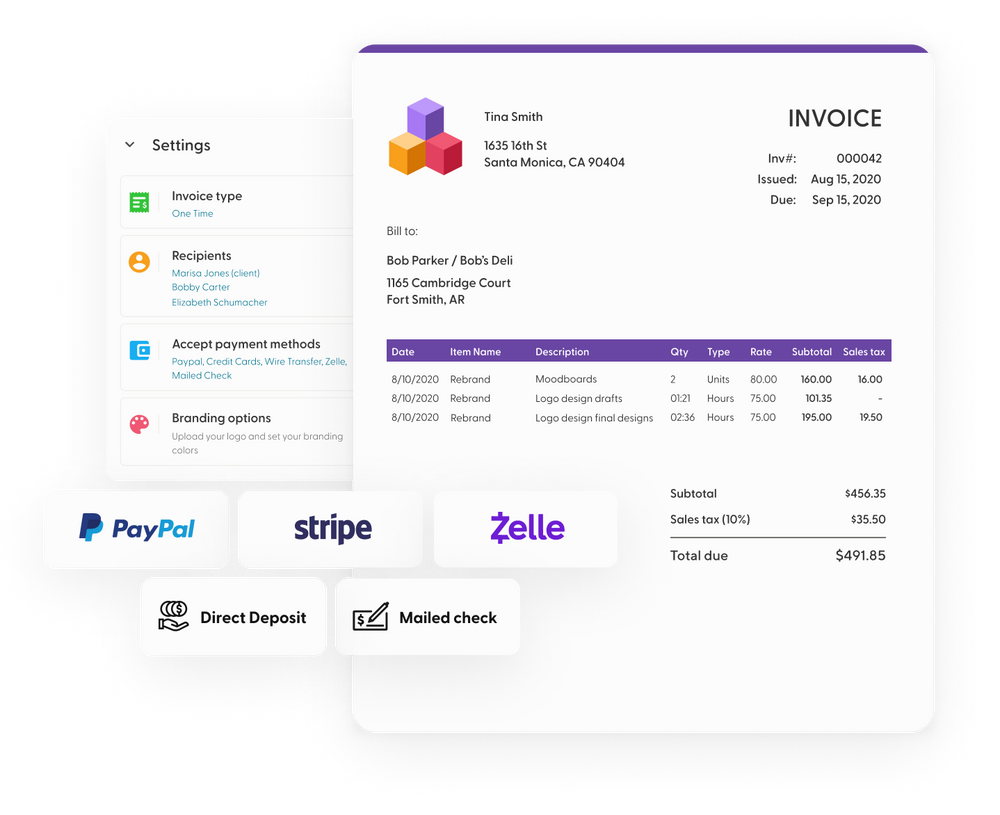You’ve just finished negotiating a contract for a major new project, and until now, your eyes have been on the dollar signs. Now is time to get down to the nitty-gritty. You have a long-term project to manage with a deadline at the end, but how do you get from here to there?
A solid action plan is your best friend. Think of an action plan as a plotted schedule of all the tasks you need to complete for this project to be ready. It takes away that overwhelming feeling you have of standing in front of a mountain with no idea how to climb it, and it keeps you on track to hit your deadline.
Creating an action plan is easier said than done, though. Brainstorming is a powerful first step to get your ducks in a row.
What Is the Purpose of Brainstorming During the Development of an Action Plan?
Depending on the nature of your project, brainstorming can serve a few purposes. In cases of creative projects that leave some of the artistic choices up to you, it can help you pool ideas to incorporate into the project.
Even if you don’t need to make design choices, brainstorming is a great way to turn your large project into a set of manageable action items, each with their own practical timeline and smart goals. From there, all you need to do is follow the plan and complete each step on time.
Top Brainstorming Techniques
In brainstorming, different strategies work better for different people. To find the one that flows best with your project and your mind, try these six techniques.
1. Priority Mapping
I’ve listed this one first because it should be a first step in every project, especially projects that give you some creative license. You need to know your priorities so you know you’ll have time for the essentials before you blow days of work on fun extras.
For priority mapping, divide a page into three sections: Must Haves, Should Haves, Nice to Haves. Based on the parameters you’ve discussed with your client, start by listing all the features or pieces your project needs to have. Then work your way down into the other sections.
As an example, let’s say you’re a freelance web developer creating a website for a client. The Must Haves might be a list of the web pages they want to include. In Should Haves, you might list features that will make the site more efficient or profitable like SEO metas or certain security features. Nice to Haves would include cool features you’d like to add to really impress the client, but they aren’t necessary.
From there, you can schedule out your time to handle the features and stages of the project in order of priority.
2. Column Outlining
Column outlining is a strategic planning technique you can do with mere sticky notes and a wall. With the project in mind, use one color of sticky notes for each major stage of the project. For instance, if your project is to create a content marketing plan, your major stages might include “video content,” “blog content,” and “social media content.”
Set up those sticky notes as column headers on the wall. Using a different color of sticky note, go through each major stage and list the step by step tasks you need to complete within that stage, with each task on its own sticky note. When you’re done, you’ll have a column for each major stage and a to-do list for each one.
3. How Analysis
There’s a problem-solving method called the 5 Why Analysis, developed by Japanese engineer Taiichi Ohno. You look at a problem and ask why it’s happening, which takes you to the immediate reason for the problem. You then ask why that’s happening, which takes you one step deeper. Eventually, this gets you to the root of the problem so you can solve it from the bottom.
The 5 How Analysis is a variation to write an action plan. Start with your project and ask how you’ll accomplish it, making a list of the top steps. Then ask how you’ll accomplish each of those action steps, and so on in order to achieve a clear list of tasks.
4. Mind Mapping
You might have used this brainstorming strategy in school for essay writing, but unlike trigonometry, this lesson is actually useful in real life. Start with an open page (or a piece of poster board for a large project to give you plenty of space). Put your project’s name in the center.
Create branches from there with all the major stages of your project. Then, look at each major stage and create branches out to assign tasks that will accomplish each one.
5. Rolestorming
This is a more unique and less structured technique, but it’s effective nonetheless. It’s basically WWJD but for productivity.
Think about someone who would be terrific at this project (besides yourself, of course). It might be a historical or famous person you admire, or maybe it’s a high-performing colleague. Put yourself in that person’s shoes and think about how they’d tackle this problem or project.
6. Plotting a Gantt Chart
If you’re worried about staying on track with your due dates, it helps to not only break up the project into small tasks but to give each of those tasks a deadline too. A Gantt chart is an action plan template that makes this easy.
In an online Gantt chart, you have a vertical calendar that extends to your project’s final deadline. Moving horizontally across the calendar, you use lines or bars to plot when you’ll do each task for the project.
You can blend this with the other strategies. For instance, use the column outlining method to come up with all the major and minor action items. Then, use a Gantt chart to schedule when you’ll tackle each one. You can use different colors for each stage to keep a visual eye on your progress. This is also an easy way to divide tasks among multiple team members.
Brainstorming for Developing an Action Plan
Whether you’ve been freelancing for ten years of ten days, a long term project can be overwhelming. The brainstorming techniques above can help you break it down and create a project management plan to achieve your goals and deadlines every time.



